1. Vietnam Quoc Tu – A Spiritual and Cultural Icon in the Heart of Saigon
Vietnam Quoc Tu Pagoda, located at 244 3 Thang 2 Street, Ward 12, District 10, Ho Chi Minh City, is one of the most prominent religious and historical-cultural sites in Southern Vietnam. More than just a sacred Buddhist space, this pagoda also marks significant events and Buddhist movements in Vietnam during the 20th century.
Today, Vietnam Quoc Tu has become a familiar spiritual destination for Buddhists, Saigonese locals, and travelers from all over, especially during major Buddhist festivals or spiritual pilgrimages.
2. Historical Origins – A Site Interwoven with the Nation’s Fate
Where is Vietnam Quoc Tu? It was originally built in 1964 by the Unified Buddhist Church of Vietnam, on a 4-hectare land parcel donated by the Republic of Vietnam. At that time, Prime Minister Nguyen Khanh also personally contributed VND 10 million for the construction. The name "Quoc Tu" refers to a national pagoda representing the unity of Vietnamese Buddhism.
After 1975, much of the land was reclaimed, leaving less than 4,000 square meters, and the original tower construction was left unfinished. It wasn’t until 1993, after persistent legal efforts by Venerable Thich Tu Nhon, that the pagoda regained partial land rights and began renovations.
In 2014, a complete reconstruction project was launched, and Vietnam Quoc Tu was officially inaugurated in November 2017, preserving traditional spirit while adopting modern, durable architecture.
3. Unique Architecture – A Blend of Tradition and Modernity
3.1. Tam Quan Gate – A Sacred Entrance for All
The Tam Quan Gate at Vietnam Quoc Tu Pagoda was built with scale and reverence, consisting of three entrances symbolizing the Three Jewels: Buddha, Dharma, and Sangha. The curved tile roofs are intricately carved, representing the meticulous care in Buddhist architectural design.
3.2. Main Hall – The Spiritual Core
The Main Hall (Chanh Dien) is solid and square in design, reflecting the stable foundation of Buddhist teachings. At the center sits a majestic statue of Shakyamuni Buddha in meditation on a lotus throne. The atmosphere within is solemn and peaceful, evoking the essence of mindfulness and spiritual reflection.
3.3. Vietnam Quoc Tu's Da Bao Tower – Symbol of Unity
One of the most remarkable structures is the 13-story Da Bao Tower, standing 63 meters tall, representing the unity of 13 Buddhist organizations in Vietnam's religious revival. Most notably, the tower enshrines the sacred heart relic of Venerable Thich Quang Duc, who self-immolated in 1963 to protest religious persecution.
From the tower’s summit, visitors can enjoy a panoramic view of Ho Chi Minh City – a dynamic fusion of sacred history and modern life.
3.4. Outdoor Amitabha Buddha Statue
To the left of the main hall stands a 7-meter-high statue of Amitabha Buddha, symbolizing wisdom and compassion. This is a popular spot where visitors offer incense, recite prayers, and cultivate inner peace.
4. Tranquil Green Space – An Oasis of Calm
The entire grounds of Vietnam Quoc Tu Pagoda in District 10 are thoughtfully designed with green gardens, ponds, and ancient trees. Shaded walkways, stone benches, and the sound of temple bells create a serene environment, allowing visitors to relax and reconnect with their inner selves.
5. Buddhist Festivals, Chanting Ceremonies, and Community Activities
5.1. Major Buddhist Celebrations
Every year, Vietnam Quoc Tu hosts numerous significant festivals, including Vesak (Buddha’s Birthday), Vu Lan (Ullambana), Lunar New Year’s Full Moon, memorial ceremonies, and almsgiving events. During these occasions, the pagoda welcomes tens of thousands of attendees.
Activities such as floating lantern lighting, chanting ceremonies, and charity gift-giving take place in a warm yet respectful spiritual atmosphere.
5.2. Chanting Schedule at Vietnam Quoc Tu Pagoda
The chanting schedule is regularly updated on bulletin boards outside the main hall. Practitioners can participate in chanting sessions, meditation, and Dharma talks under the guidance of experienced monks and nuns.
6. Visitor Information
6.1. What time does Vietnam Quoc Tu open?
Opening hours: Daily from 07:30 AM to 11:00 AM and 03:00 PM to 07:30 PM, including public holidays.
Visitors are recommended to arrive early in the morning or late afternoon for the most peaceful experience.
6.2. Guidelines for Visitors
Wear respectful, modest clothing
Maintain silence and avoid disrupting the sacred space
Refrain from photography inside the main hall unless permitted
Photos of Vietnam Quoc Tu can be taken at the Tam Quan Gate, Da Bao Tower, gardens, and outdoor Buddha statue
 Register
RegisterSign in Travel Agent
Sign in Supplier
Sign in Affiliate
Sign in Guru


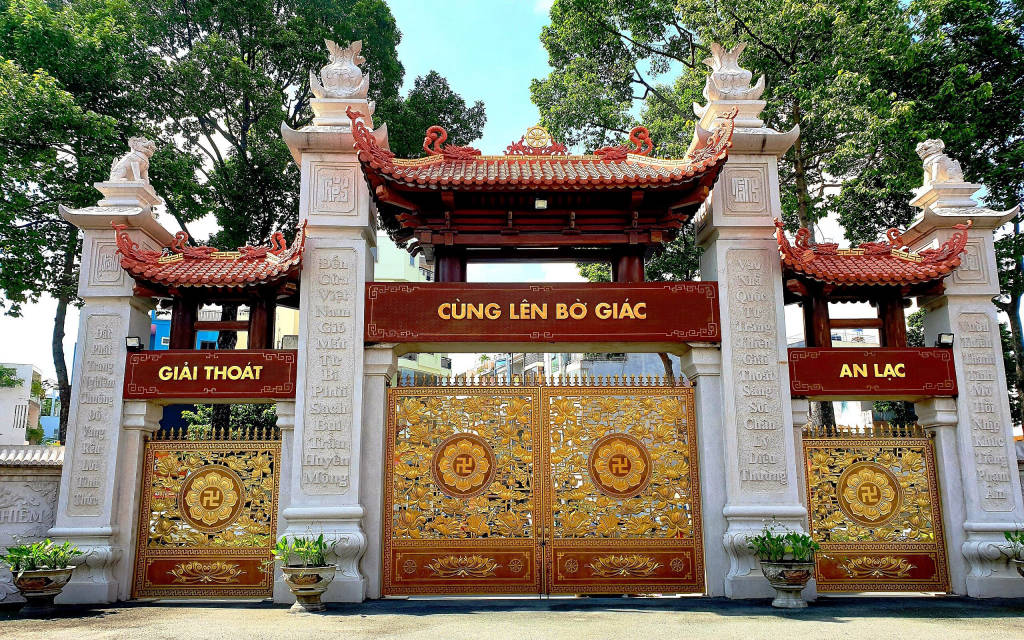
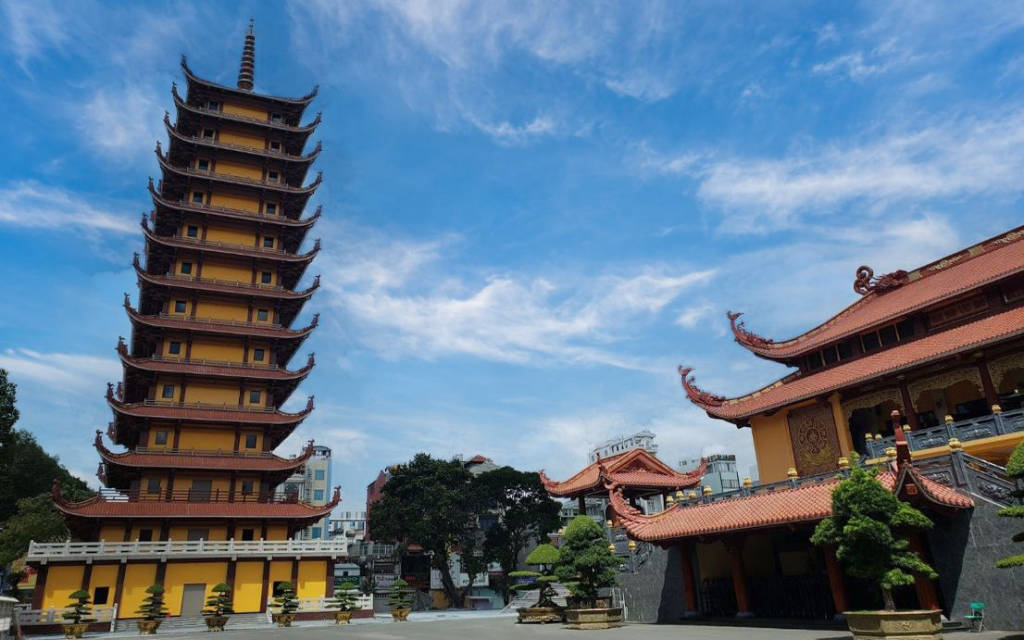
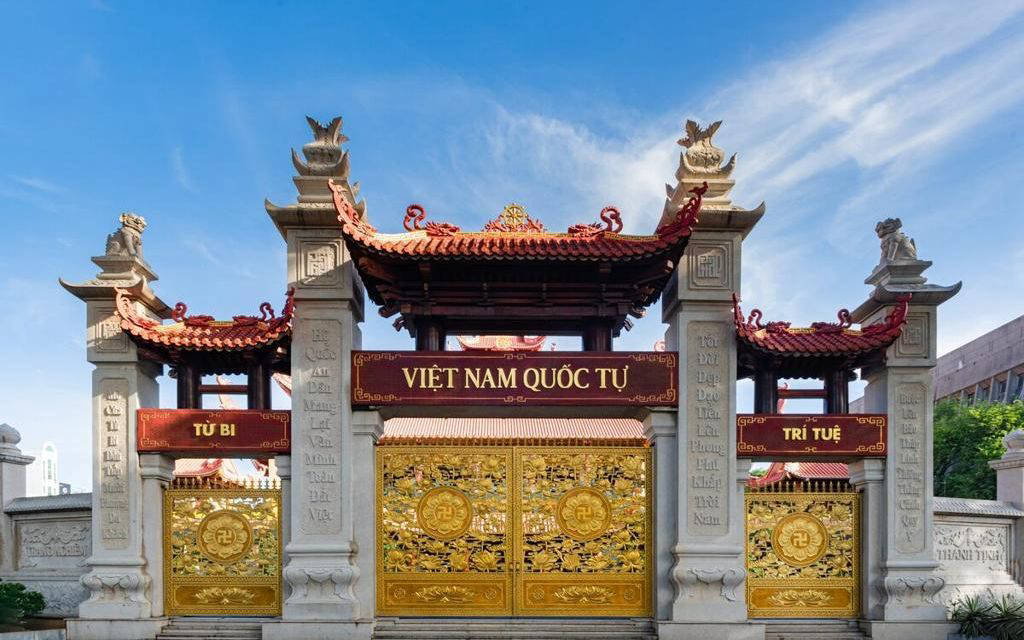
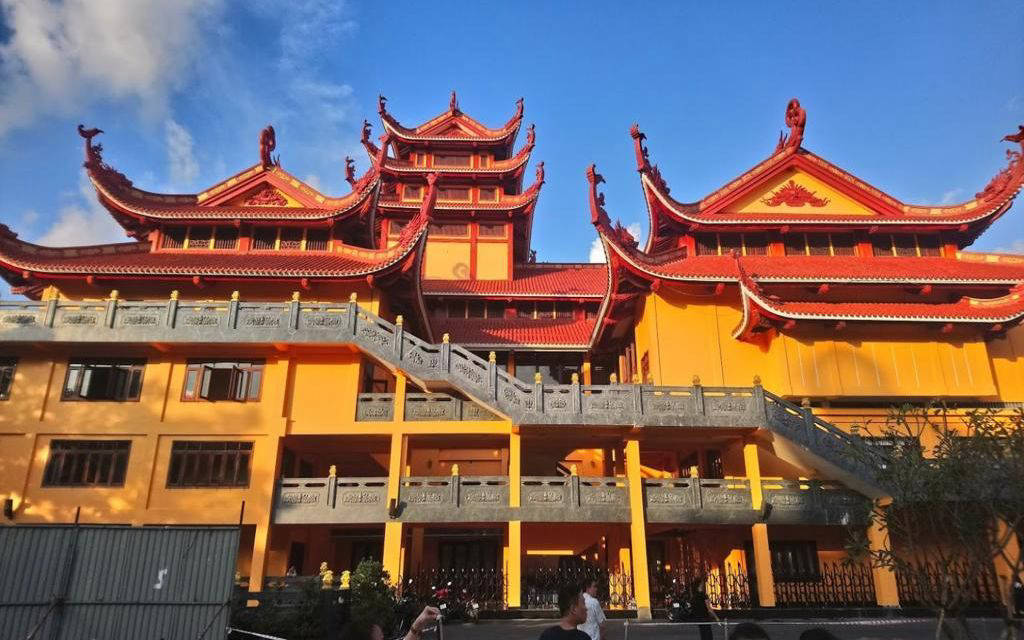
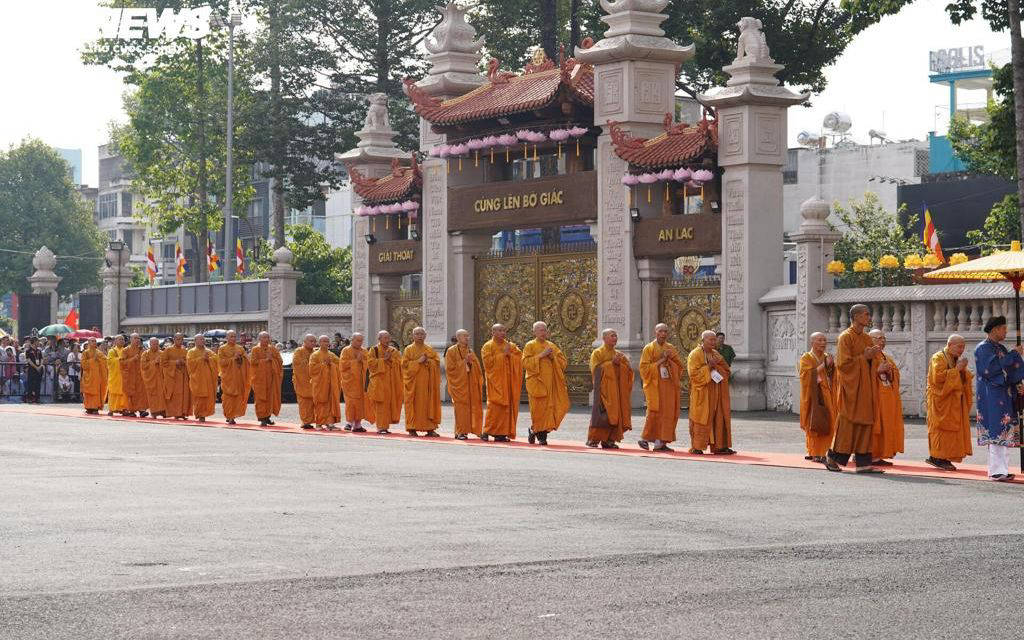

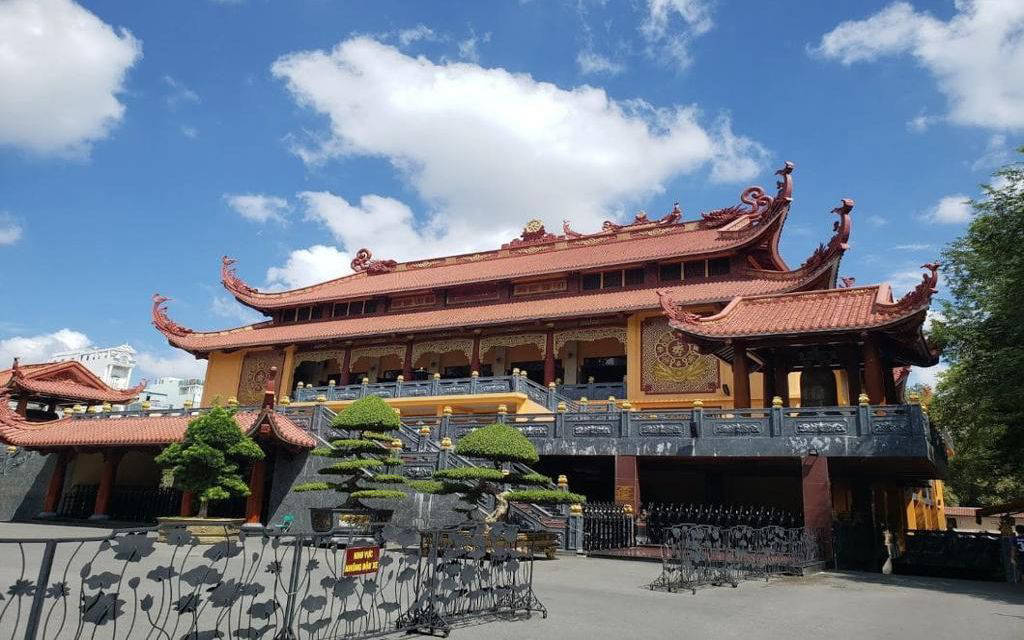
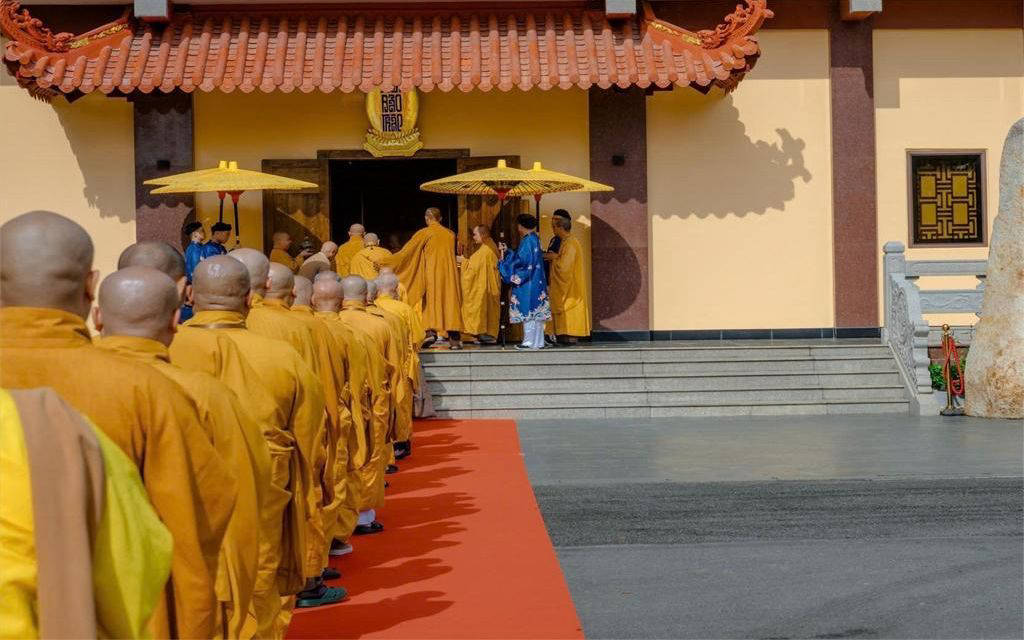
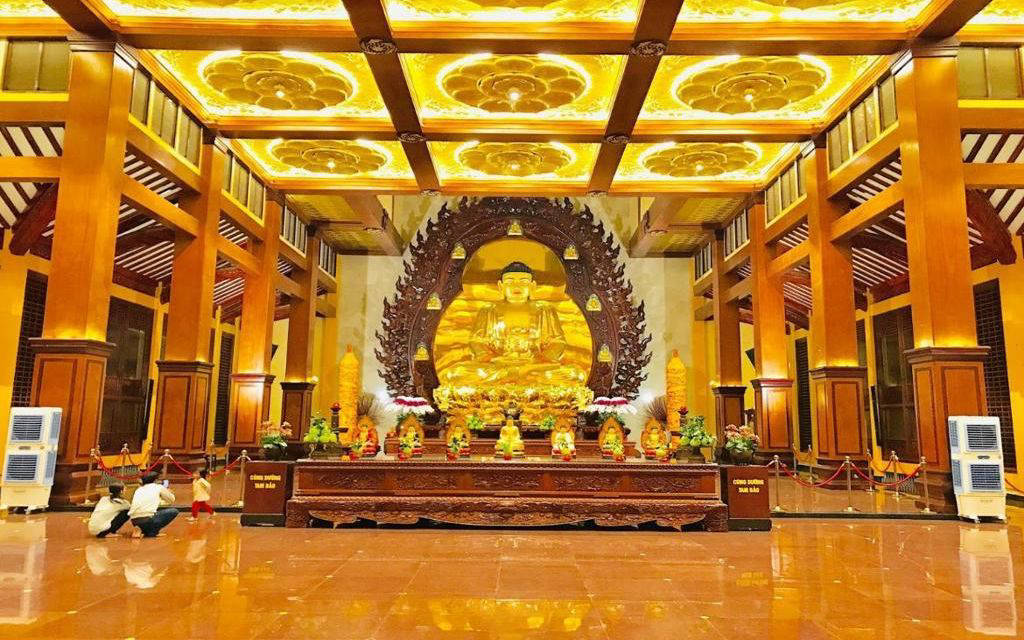
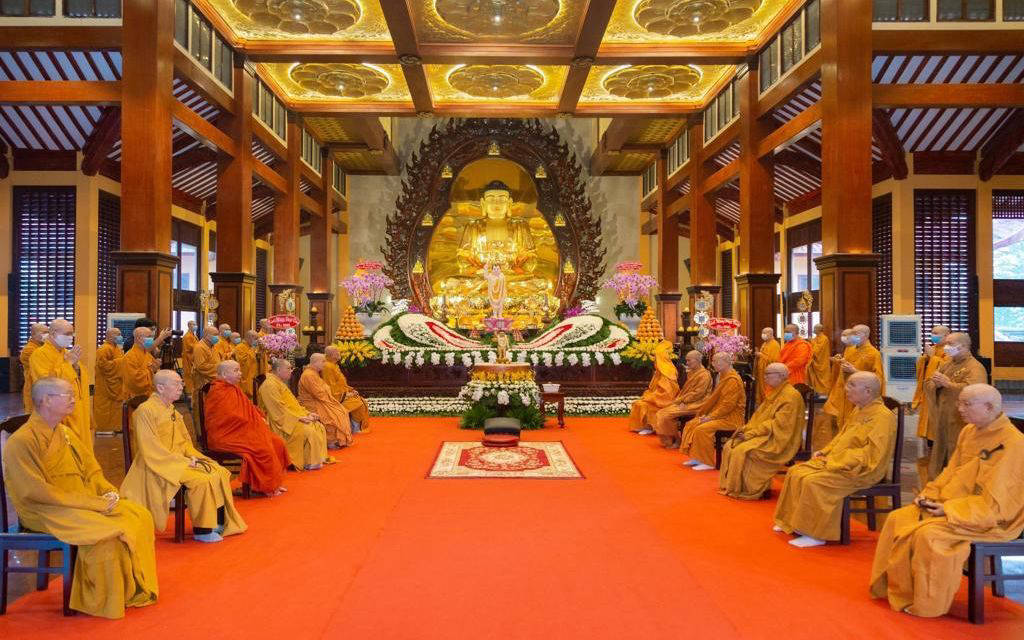
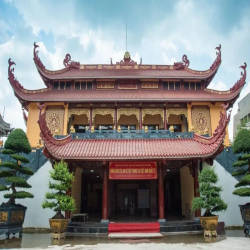










 số 244 đường 3 Tháng 2, quận 10, Thành phố Hồ Chí Minh, Việt Nam
số 244 đường 3 Tháng 2, quận 10, Thành phố Hồ Chí Minh, Việt Nam